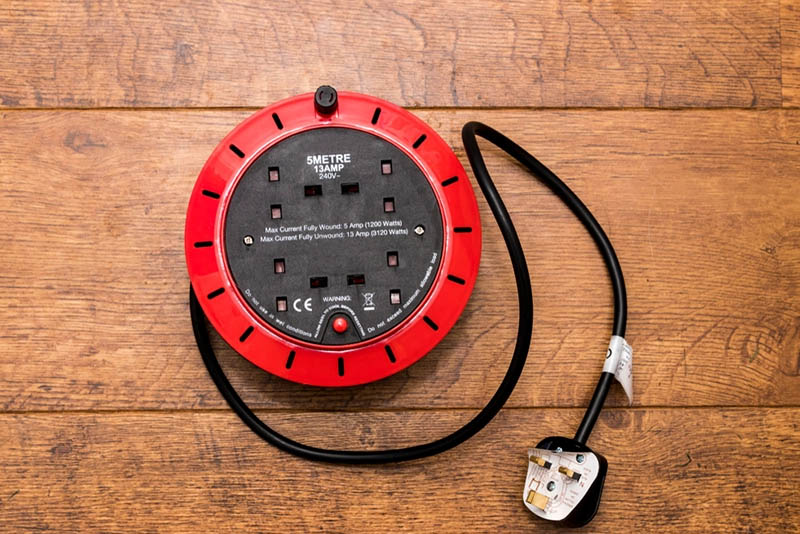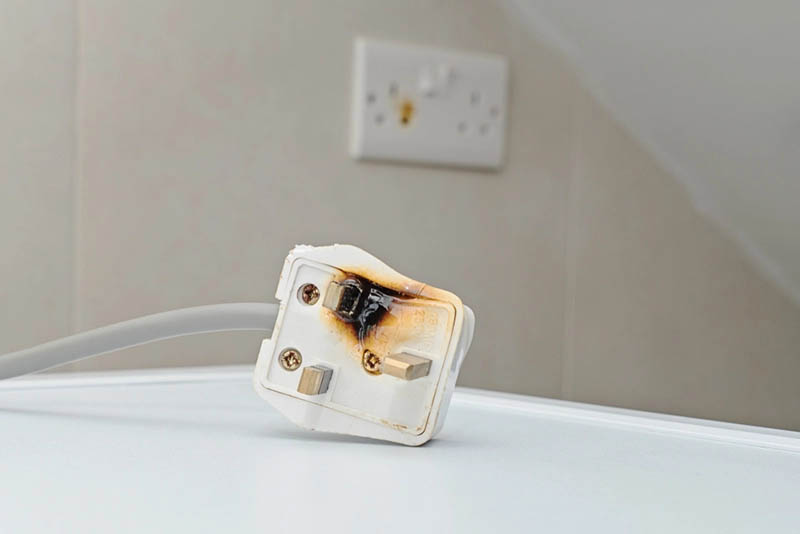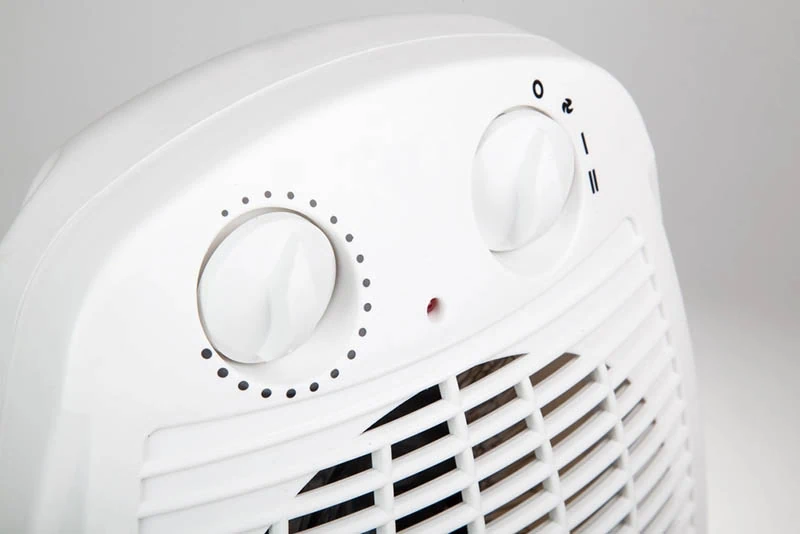Keeping your team safe and comfortable at work is always a priority, and as we move into the colder winter months, you may consider using space heaters to keep things comfortable. However, whilst they are a very convenient way of warming up a space, they come with certain risks if not used properly, and in this blog, we will share 5 of our top electric space heater safety tips for the workplace.
Electric space heaters are convenient as they allow you to heat a space that doesn’t have central heating, and they can be used in temporary workplaces like construction sites to keep your team warm whilst at work.
Our Electric Space Heater Safety Tips
Tip 1 – Plug directly into the mains
It might be tempting to plug your space heater into an extension lead to make it easier to position it. However, extension leads are often not rated to handle the high power requirements of a space heater, and it can cause them to overheat – becoming a serious hazard.
However, some extension leads are properly rated, but it can be tempting to plug another appliance into them, overloading the circuit. It is also advisable to refrain from plugging anything else into the same outlet as the space heater for extra safety.
Tip 2 – Keep away from combustible material
Keeping the space heater away from combustible material or flammable liquids is essential, as the heat levels can pose a risk if left too close. Therefore, it’s a good idea to leave at least approximately 3 feet/1 metre of clearance around the heater, regardless of whether or not there are flammable materials present.

Tip 3 – Built-in thermostat
Ensure that the space heaters you use have built-in overheat thermostats rather than the standard thermostats that only serve to regulate the heat in the room, as these will cause them to turn off if they start to overheat. It is also important to never leave a space heater unattended whilst switched on.
Tip 4 – Place in a safe area
Due to their size and the fact that they require plugging in, space heaters can become a trip hazard if placed in an area with high foot traffic. Therefore, we recommend following the guidance on leaving at least approximately 3 feet/1 metre of clearance around the heater at all times and positioning it in an area where the cable or the unit itself could pose a risk to people if they walk past.

Tip 5 – Ensure it is in a safe condition
The Electricity at Work Regulations 1989 set out that portable electrical equipment should be tested and maintained by a competent person, or better still, a professional PAT tester. PAT testing tests equipment and provides a pass or fail outcome depending on the equipment’s state.
This will ensure that the plug, cable and space heater itself is in good condition and will not pose a risk simply by being plugged in and switched on, as long as you follow the previous guidelines too.
Sussex Facilities Management – Electric Space Heater Safety Tips
We hope these electric space heater safety tips have been useful! We have many years of experience dealing with all types of electrical equipment in the workplace, and we’d be delighted to advise on the best way to keep your team and business safe at work.
Whether you’d like to book a PAT test with one of our friendly PAT testing professionals or if you’d like to learn more about our services, get in touch on 01444 812 171 today.





